After all, we can know what life in Malta was really like as early as 1861 thanks to the unique archive of 40,000 Ellis photographs.
Video courtesy of The National Archives of Malta in collaboration with Ian Ellis from the Richard Ellis Archives.
What we can see of life in Malta as early as 1861, we owe to 40,000 photographs from the Richard Ellis Archives. But who was this man and what was his business taking so many photos of Malta at a time when almost almost nobody had seen a photographic camera, let alone owned one.
Who was Richard Ellis?
Englishman Richard Ellis arrived in Malta on Tuesday, 9th April, 1861. Born on 27th January 1842, he had been touring around Europe with his adoptive parents, James and Sara Conroy, who were part of a circus troupe. He arrived in Malta quite by accident, while escaping revolts from Garibaldi's campaign that were happening in nearby southern Italy. Yet this event would prove to be a blessing in disguise for Malta.
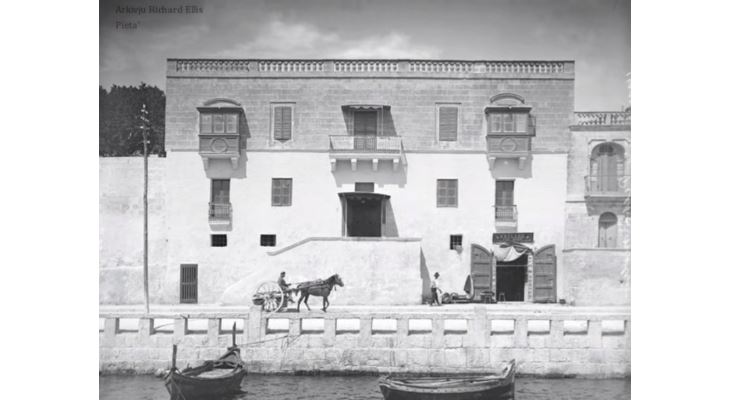
While in France, Richard and James took to photography and when they arrived in Malta, they immediately began to practice their new art. Conroy opened a photography studio in Senglea, taking Richard on as his assistant. 18-year-old Richard quickly settled in Malta, married a local girl, Alfonsa Curmi, in 1864 and opened his own photography studio in Valletta in 1871. At that time, he was just 29 years old... with plenty of life ahead of him and a passion for capturing a very interesting subject - Malta - on photographic film.
Why is the Ellis photography collection priceless?
Richard Ellis went on to take an estimated 40,000 photographs of Malta, depicting Maltese people and architecture and, most precious of all, Maltese lifestyle and its evolution across more than 60 years. His photos are the only recorded social history of his time in pictures - and we all know that a picture is worth a thousand words. His became to be the only picture archive of Malta between 1862 and 1924, until he passed away aged 82.
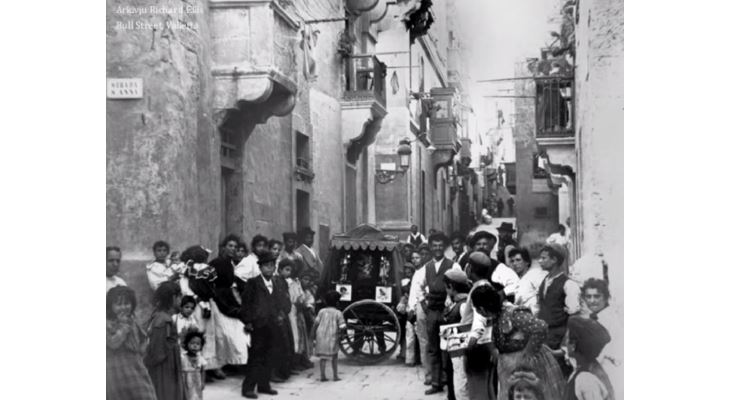
The names of Orazio Agius and Preziosi pop up from time to time, but theirs are a mere fraction in comparison with the Ellis collection. Photography was only registered in 1839 and was, as such, still a novelty, especially on the Maltese Islands in the mid-19th century.
Some of the priceless collection of glass plate negatives have survived over 150 years. It was safeguarded first by Richard's son John until he passed away in 1931, and then by Richard Ellis Jr, who was named after his grandfather.
Why was Richard Ellis Jr as important as his grandfather?
Richard Ellis Jr also became a great photographer like his grandfather. Not only is he responsible for many priceless (and illegally-shot) photos of World War II in Malta, but by moving his grandfather's negatives to Wardija during the war, he saved them from devastation when the Valletta building in which they had been stored was badly damaged.
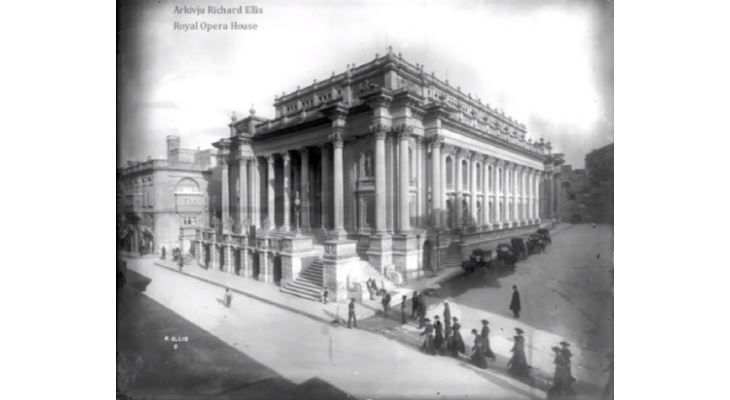
What happened to the Ellis photographic legacy?
Since Richard Ellis Jr remained a childless bachelor, his nephew Ian Ellis took over the business after his uncle’s demise in the early 90s. Digital photography had just started taking over, and Ian took upon himself the process of organising, compiling and digitalising the entire collection of photographs from 1862 onwards. These ranged from photo commissions of corpses that families requested as a keepsake, to British Navy commissions that included royal visits to Malta.
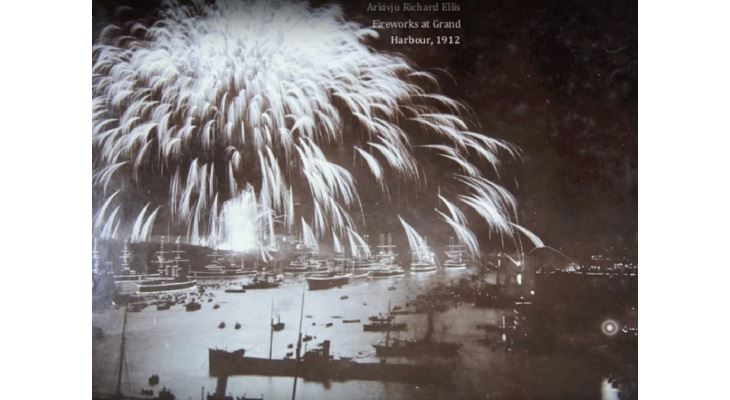
Eventually, Ian Ellis teamed up with Patrick Fenech, Natalino Fenech and book publisher Tony Gatt to produce a 261-page hardback publication featuring 200 photos of Valletta and Floriana taken over the previous 140 years by the name of ‘Richard Ellis: The Photography Collection’. And this would only be the first. Later collections include a book on The Three Cities and another on Sliema and St Julian's.
How can we ensure that this Malta historical legacy continues to survive?
Already in 2011, Patrick Fenech was urging the creation of a National Photo Museum with the Ellis pictures as the main source of images, and contributions from other photographers of Maltese life. Glass plates of historic photographs are bulky to store and are sometimes sold off for a ridiculous sum by heirs who don't know what to do with them. For example, according to Mr Fenech, in one instance, more than 500 photos dating back to the period between the world wars, including cameras and related paraphernalia, were once sold for a mere £200.
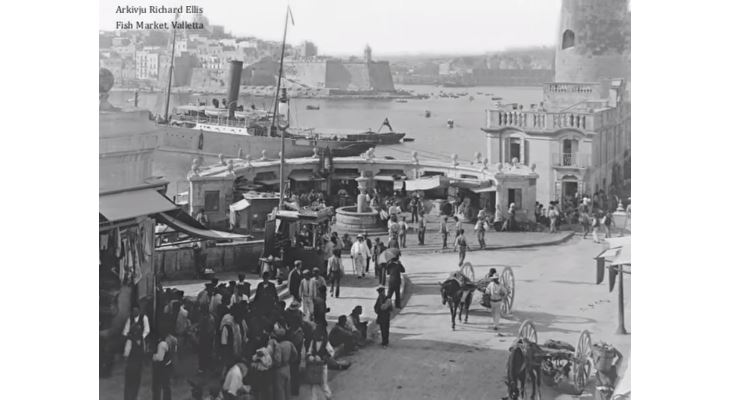
Today, while Ian Ellis from the Richard Ellis Archives continues to work with The National Archives of Malta in order to safeguard Malta’s historic heritage in pictures, we continue to agree with Patrick Fenech that there should be an Ellis Photography Museum as a monument to this wonderful historical heritage that we owe entirely to Richard Ellis and his heirs.
What do you think?